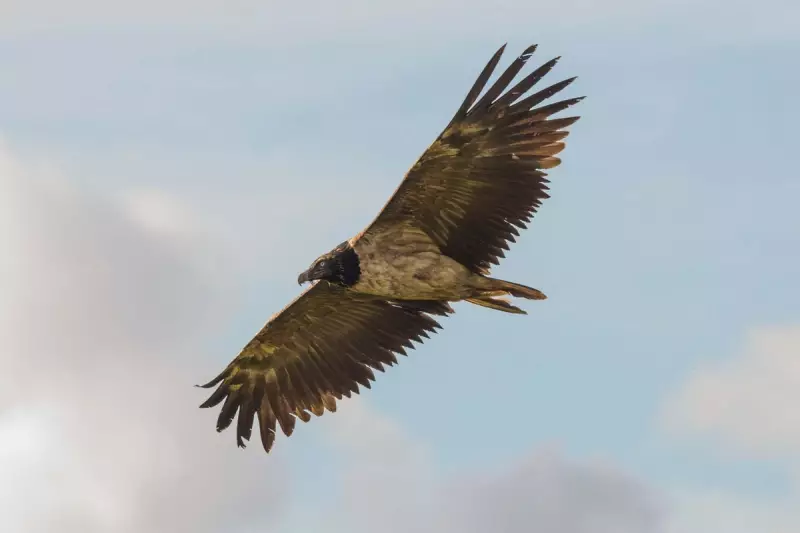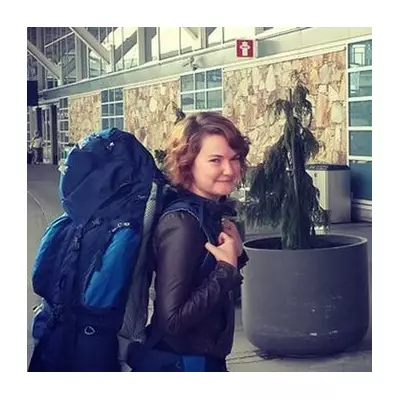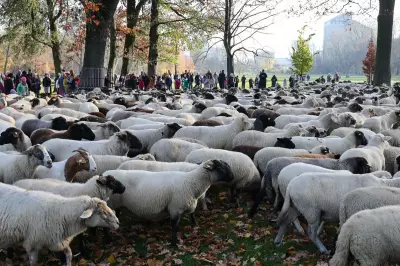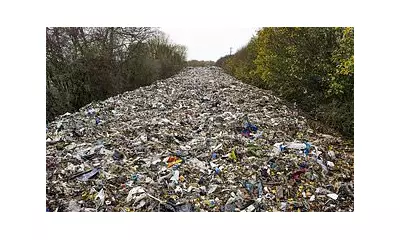
In an extraordinary twist of archaeological fate, researchers have uncovered a treasure trove of ancient artefacts spanning millennia in the most unexpected of places – a vulture's nest within the wild landscapes of the Brecon Beacons.
The remarkable discovery, made at the Welsh Hawking Centre near Barry, South Wales, includes objects dating from the Bronze Age through to the medieval period, creating a unique timeline of Welsh history preserved in a single location.
A Feathered Collector's Hoard
Archaeologists were astonished to find that the vulture, known for its collecting habits, had amassed an impressive array of historical items. Among the treasures recovered were medieval pottery shards, worked flints from prehistoric times, and even a musket ball from the English Civil War period.
"This is perhaps the most unusual archaeological context I've encountered in my career," stated Dr. Tom Piper, the lead archaeologist on the project. "To find such a diverse collection spanning thousands of years, all gathered by a bird, is truly unprecedented."
Rewriting Welsh Archaeological History
The discovery has sent ripples through the archaeological community, challenging conventional understanding of how artefacts become concentrated in specific locations. The nest contained:
- Bronze Age worked flints indicating early human settlement
- Roman-era pottery suggesting previously unknown activity in the area
- Medieval materials pointing to continuous habitation
- Post-medieval items including the 17th century musket ball
This accidental collection provides a unique window into the region's history that might otherwise have remained hidden from archaeologists.
The Science Behind the Discovery
Researchers believe the vulture's natural behaviour of collecting shiny and interesting objects for its nest created this accidental archaeological archive. The bird's wide foraging range, covering approximately 150 square kilometres, allowed it to gather artefacts from multiple historical periods and locations.
"What makes this discovery particularly significant," explained Dr. Piper, "is that it demonstrates how animal behaviour can sometimes preserve and concentrate archaeological evidence in ways we never anticipated."
The research team is now conducting further analysis on the artefacts to build a more comprehensive picture of human activity in the Brecon Beacons throughout history.





